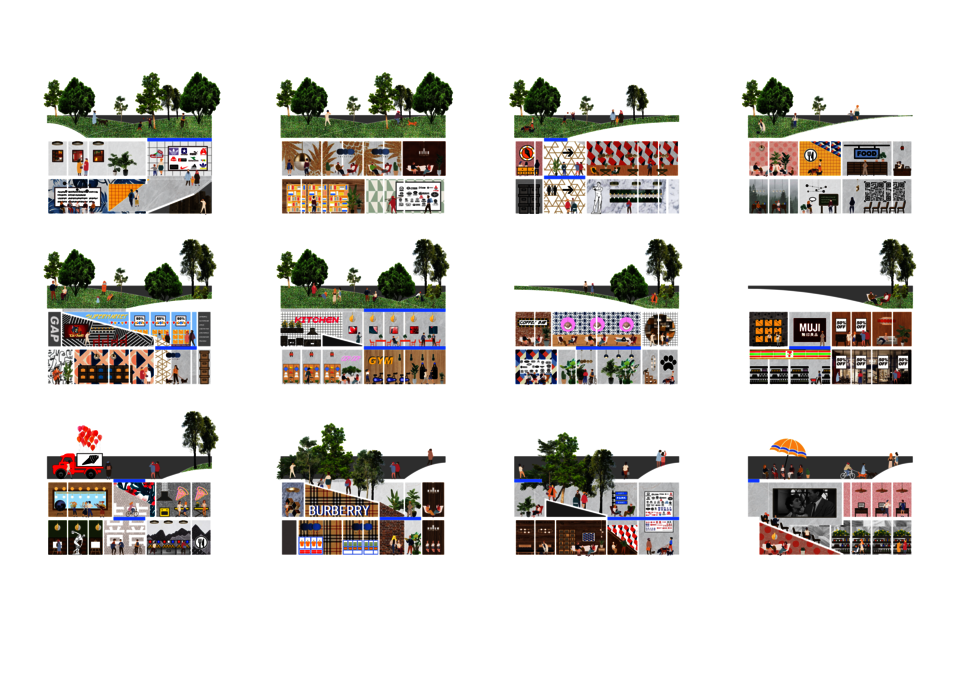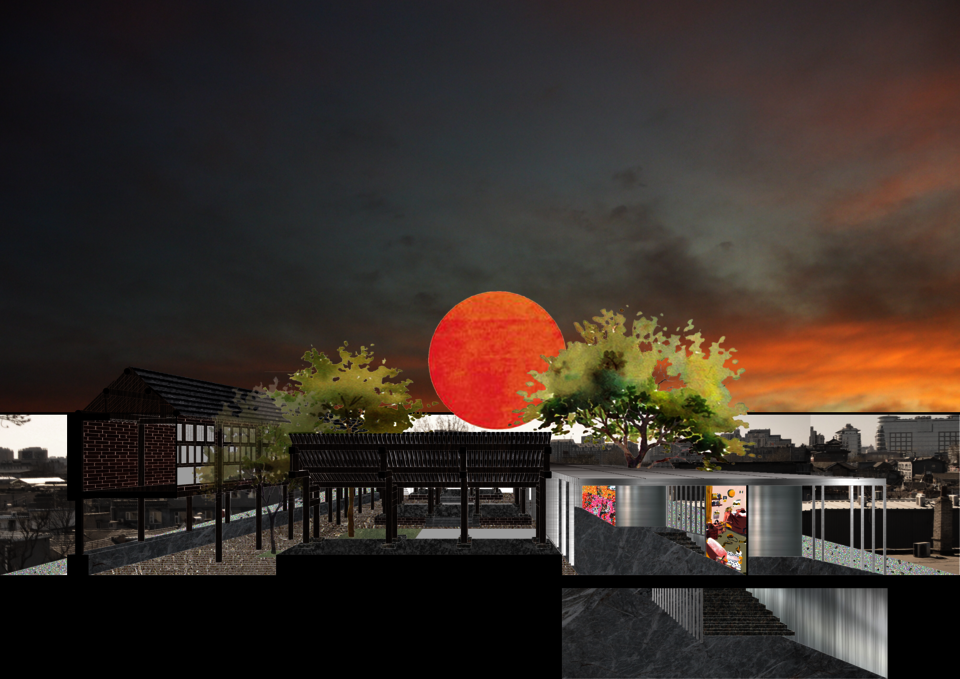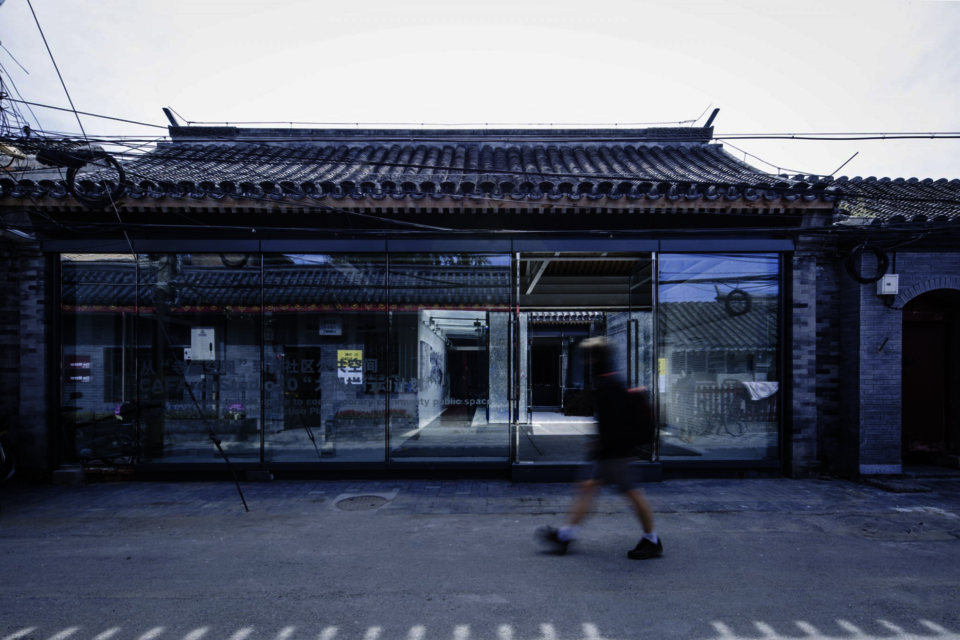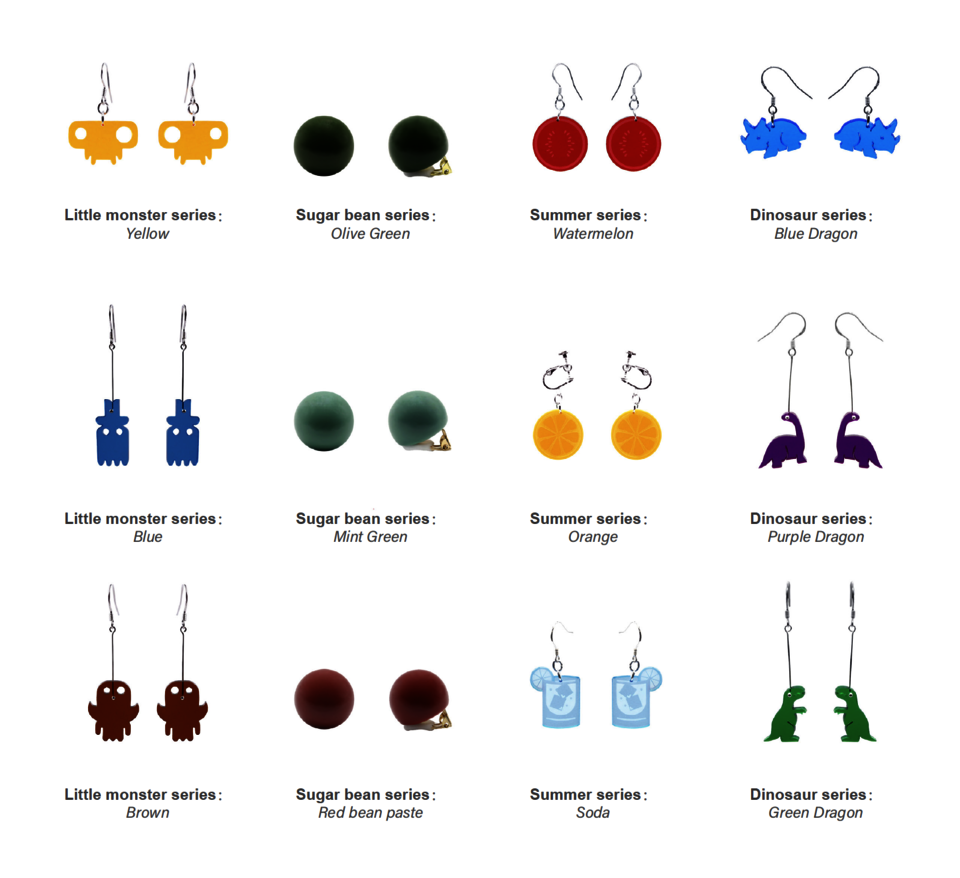Jiali Tian
From invisible to visible: The third wave/way of intervention for Dashilar
The existing community of the Dashilar neighborhood of Beijing is too economically dependent on tourists, who ever grow in number, resulting in the continuous compression of residents' living space. Most of the residents living in the neighborhood today are elderly people who do not want to move and migrant workers who are attracted by the low rents.
International visitors are attracted by the long cultural history of Dashilar, which goes back 500 years. I am interested in reviving the cultural + commercial attributes of Dashilar, using craftsman as a medium to activate the productive values of local residents and to avoid the decline and marginalization of these same locals in the context of uniform global urbanization mono-urbanization. The nostalgia-filled targeted intervention in Dashilar that this thesis proposes is not just a monument to the past, but a way to prevent marginalization and to break the imbalance in the ratio of user groups in Dashilar.
The Guoguo Guanyin Temple in the center of Dashilar today contains not only historic buildings worthy of preservation, but also unregistered informal houses built by residents themselves. In order to ensure that the historical buildings are protected and the lives of locals living in unregistered buildings are not greatly disturbed, I will use abandoned spaces in the Huguo Guanyin temple to carry out micro interventions – with minimal intervention to drive the vitality of the whole region. By replacing segments of the walls of these abandoned spaces with transparent materials (including the auxiliary building of Huguo Guanyin temple and some non -registered buildings) and adding door openings, the circulation of this closed courtyard can be well opened to make the whole space more transparent. At the same time, the scheme inserts living space, studio and sales space of craftsmen into these scattered abandoned interiors. This intervention will not only improve and optimize the missing community functions, but also give tourists more direct access to cultural experiences.
Image
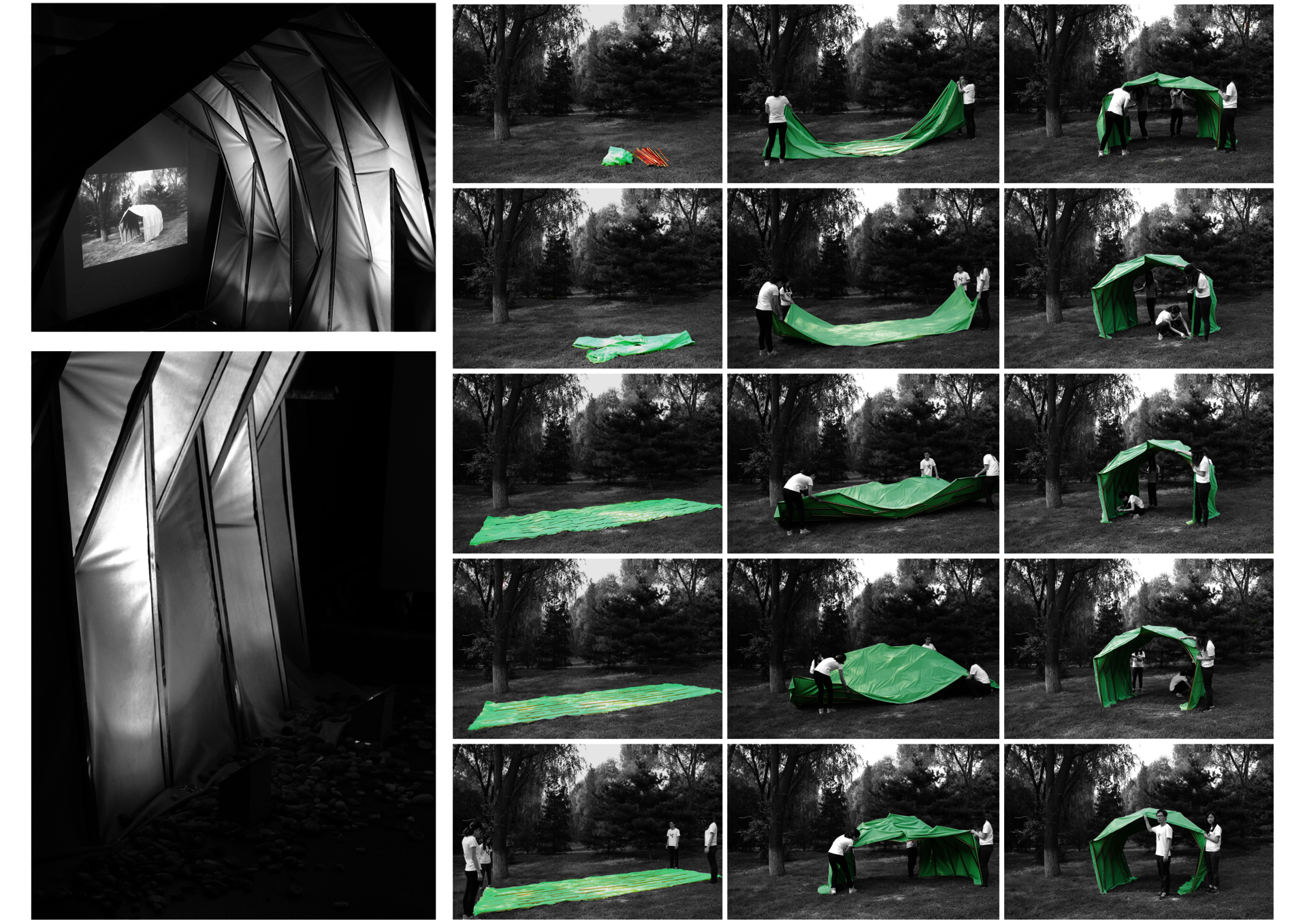
An attempt to diversify the use of building materials: Tent set-up process
Material Test
In the summer of 2014, we had a collaboration with students from Tsinghua University: we used materials provided by material traders to find different ways to use the materials. At that time, we could choose materials such as suede for sofa skin, exterior paint, fireproof board, etc.
It is very challenging to get rid of the usual preconceptions about materials. For example, if a piece of leather with fur, our first reaction may be to make it into a blanket. Isn't there any other use for fur? Curiosity is the starting point for us to explore this topic in depth.
We chose suede, which is used to make the skin of sofas, as the main body, which is waterproof and fireproof and very elastic. If we only focus on the material itself, then we have to first imagine what environment can provide both fire and water while the elasticity can work? Indoor vs. outdoor? Natural vs. unnatural? Temporary vs. permanent?
We finally think that making a foldable tent is a direction to try: waterproof can overcome the moisture problem in a camping environment, fireproof and elastic can guarantee the safety problem, and at the same time, as a fabric, it is very easy to fold and store, easy to carry and easy to keep.
Image
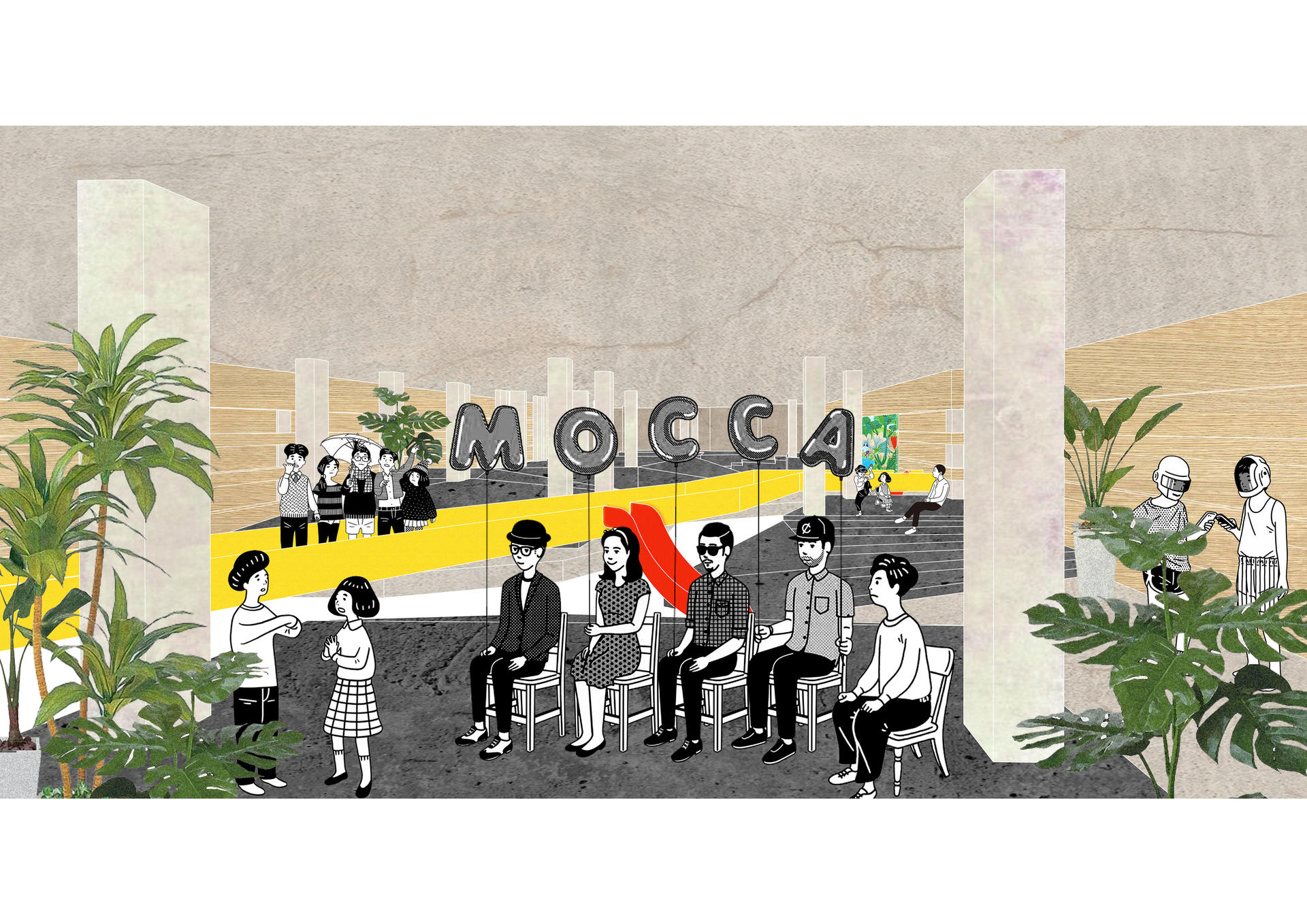
Parents' Floating Island
Traditionally, parent-child activity spaces have parents forming a protective circle around the perimeter, protecting the children (under 12 years old) inside the circle. How to ensure the safety of the premise, the child to get more freedom? How can children have more equal communication with their parents?
Children's dining space
From what I have observed of the current situation, it is difficult for parents to let go of their children and allow them complete freedom until they have a sense of independent behavior. It is undeniable that children's demand for freedom and privacy increases as they get older.
The current situation is exhausting for both parents and children: children are overprotected and do not have a voice of choice; parents are overly exhausted leading to fatigue. It is undeniable that one cause of this phenomenon is the over-emphasis on children. In many parent-child spaces and restaurants in China, 90% of the space is dedicated to children - oversized venues make caregiving more difficult. Parents are relegated to the sidelines, and the necessary rest and dining spaces are very minimal or even missing - a huge test of parental stamina and energy.
This transformed space is a long and narrow space and has many columns. I used each column as the center of an island, and by raising the ground around the columns, islands of different sizes were created. The benefit of this is twofold:
1. Visually reduce the height of the pillars, by increasing the horizontal height difference (different height of different islands), to dissolve the narrow feeling of this space divided by vertical space.
2. Divide the room into different areas according to the column network, reducing the space for individual activities and facilitating the care of children.
3. Switching the positions of parents and children, with parents concentrating on the islands (dining area) and children playing around, not only allows children to quickly lock on to their parents, but also makes it easier for parents standing high up to see their children's movements, making care easier.
Image
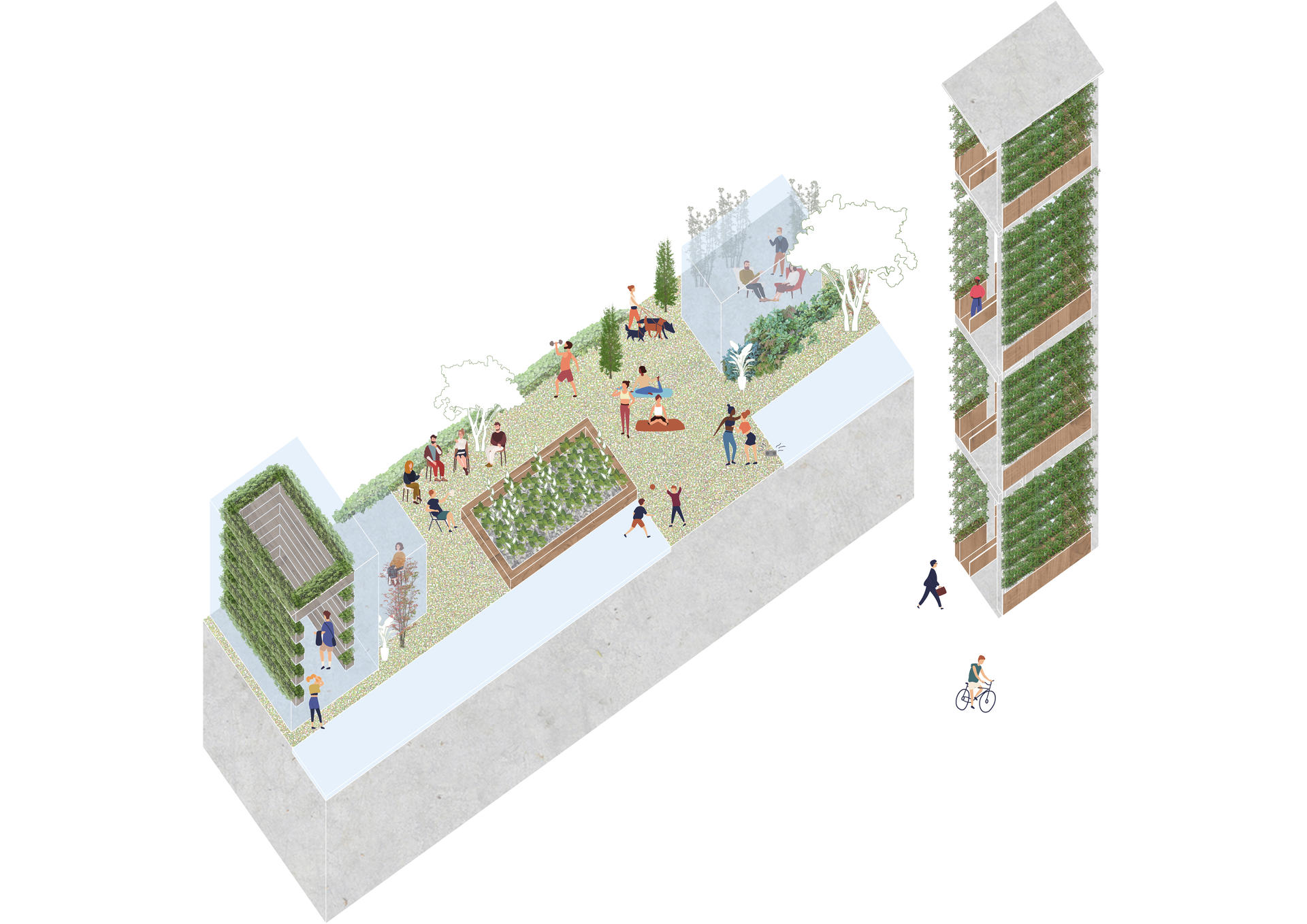
Urban Farming
Urban Farming consists of two parts: the elevator shaft on the east side and the roof of the first-floor skirt building. Vertical water pipes outside the elevator shaft enable the cultivation of vegetables, combining the traffic space with planting and greening facades. An aerobic leisure space and shared office space are combined in the rooftop farm.
Daily Chemical Factory
This project is the competitive event of Beijing Design Week 2019, and our team won the first prize. This project is a conceptual scheme for the renovation design of No.2 factory building of No. 1 Light Industry Group. With the theme of “light life,” the traditional production space was transformed into an interactive platform to help young designers create content and form a strongly-connected community and boundless composite experience space.
MAKER’S SPACE
In the background of Beijing’s industrial renewal and separation of capital, the manufacturing industry has been alienated and light industry no longer exists. The innovative concept of “maker’s space” proposed in this case has two meanings:
1. Technology-driven distributed manufacturing and self-defined numerical control bring a unique approach to manufacturing that differs from traditional large-scale production under Fordism. This allows for design, manufacturing and application to be carried out locally, creating a novel era of "light industry" - a form of light, fast and flexible industrial production.
2. In providing maker space for young creative designers, hardware entrepreneurship will help "light space" and park users incubate products, and further promote a “smoke-free” creative industry.
DESIGNER’S FAIR
Designer’s Fair is a commercial space for designers and creative groups to help them bring prototype products to market. Design’s fair has three functions:
1. Exhibition and display spaces for designers' works can be used for exhibitions, popup stores with different themes, and to get feedback from consumers, as well as to iterate quickly on products.
2. Designers and consumers interact in this space. It can provide a variety of handmade teaching and interactive experience workshops, and even provide the opportunity for amateurs to create with artists.
3. The well-chosen buyer’s shop of design products promotes mature products to a broader consumer market.
URBAN FARMING
Urban Farming consists of two parts: the elevator shaft on the east side and the roof of the first-floor skirt building. Vertical water pipes outside the elevator shaft enable the cultivation of vegetables, combining the traffic space with planting and greening facades. An aerobic leisure space and shared office space are combined in the rooftop farm.
ORGANIC DINING
“Farm to table” is shortened to "from farm to table" in organic dining. Fresh organic food can be directly provided to light food restaurants, combining daily dining with an indoor planting system guided by cutting-edge technology, thus young people can reestablish their relationship with nature in daily life.
COMMUNE LOBBY (CO-WORKING)
The entire second floor is located in the "light area" living room - "Commune Lobby". Teaching and fun are combined here, as are work and leisure. The shared office part uses high space for an arranged mezzanine, and internally uses "Light Industry" workshops to create samples of intelligent offices from hardware to software. The facade of "Commune Lobby" is made up of a glass curtain wall that opens to the city and community, creating a window for activities. The glass curtain wall is supplemented with high shelves and the holes are set in accordance with the original openings in the original building facade, using modern methods.
CO-LIVING (SELF-BUILT)
More than 30 residential modules are available in the "Co-living" on the third floor. On-site rapid assembly allows users to assemble their own homes by hand. By doing this, the cost can be reduced, the rent can be deducted, and the family layout can be adapted to the changing lifestyle.
Image
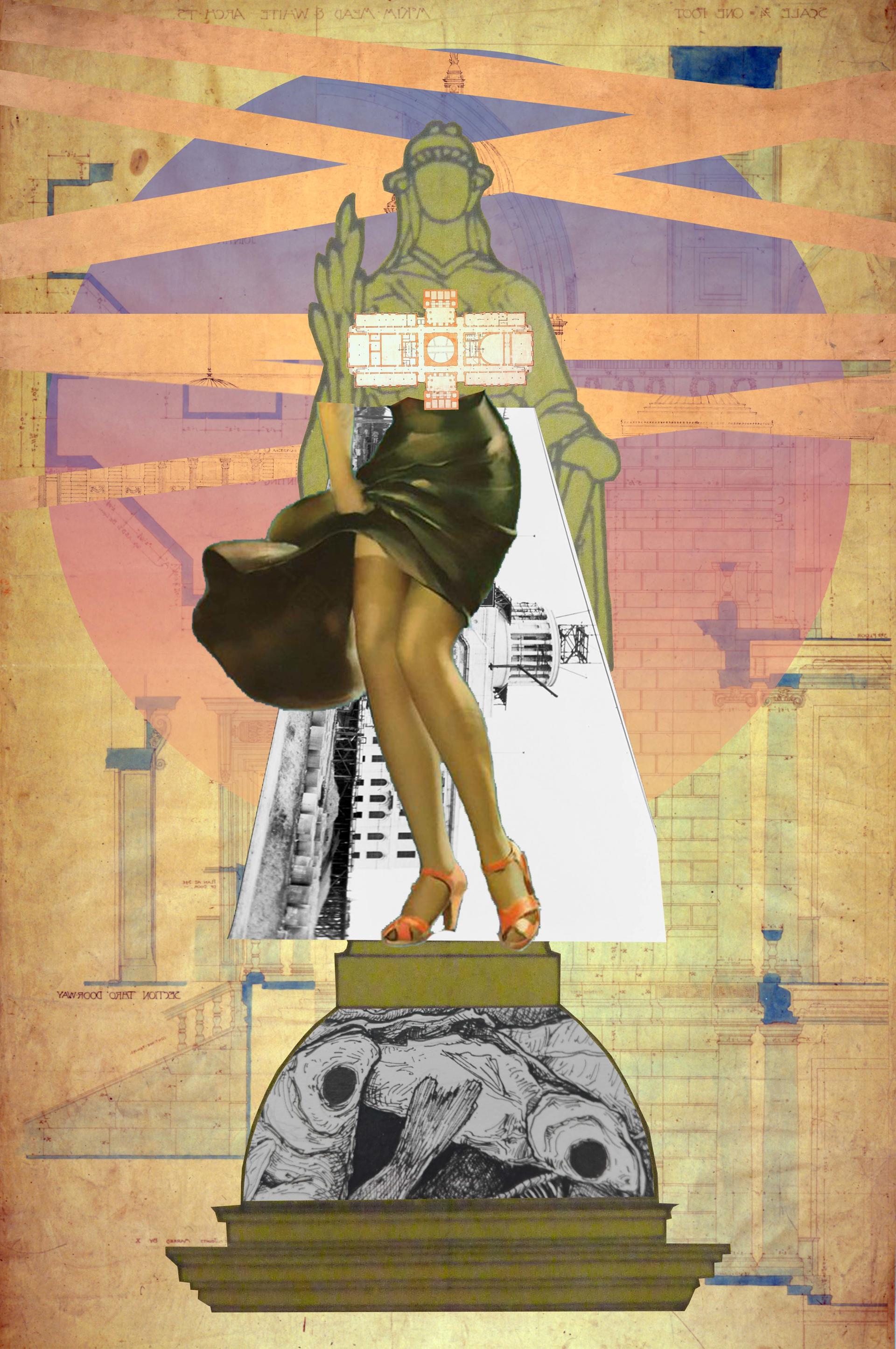
Hidden inside
Houses and clothes are tools for human beings to hide, in order to cover up places they don't want others to see, including privacy, waste and decay. The problem of stench may accumulate under the bright surface.
Rhode Island: The State House
- Architecture
- Ceramics
- Design Engineering
- Digital + Media
- Furniture Design
- Global Arts and Cultures
- Glass
- Graphic Design
- Industrial Design
- Interior Architecture
- Jewelry + Metalsmithing
- Landscape Architecture
- Nature-Culture-Sustainability Studies
- Painting
- Photography
- Printmaking
- Sculpture
- TLAD
- Textiles
